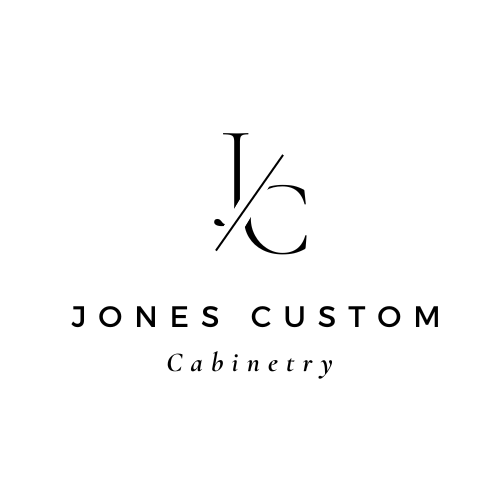
When setting a budget for custom kitchen cabinets, it's essential to consider various factors to ensure that you achieve the ideal balance between cost and quality. Here are some helpful tips to guide you through the process:
1. Define Your Needs: Start by outlining your specific requirements. Consider the size of your kitchen, the storage capacity you need, and any unique design elements you desire.
2. Research Prices: Engage in thorough research to understand the average costs of custom kitchen cabinets in the market. This will give you a baseline for setting your budget.
3. Material Selection: Determine the type of drawer and door fronts you'd like for your cabinets. Whether you wish to paint, stain, or have a clear finish. What type of wood species you prefer (for stained or clear coated finishes.)
4. Consider Customization: If you have specific design preferences or intricate details in mind, be prepared for potential customization costs. Adding specialty pullouts and storage options can make your kitchen much more optimized at a cost.
5. Factor in Hardware and Accessories: Remember to account for hardware such as handles as well as any additional accessories you may want to incorporate into your cabinets.

6. Labor Costs: Understand the labor charges involved in the fabrication and installation of custom cabinets. Inquire about any additional costs for removal of old cabinets, if applicable.
7. Allocate a Contingency: Set aside a contingency fund within your budget for unforeseen expenses or design changes that may arise during the cabinet-making process.
8. Prioritize Quality: While staying within budget is important, prioritize the quality of materials and craftsmanship. Investing in durable, well-made cabinets can save you from future repair or replacement costs.
9. Review Payment Schedules: Understand the deposit amount, milestone payments, and the final payment structure to align with your budget plan.
By following these tips, you can create a comprehensive budget for your custom kitchen cabinets that accommodates your needs, preferences, and financial constraints.

